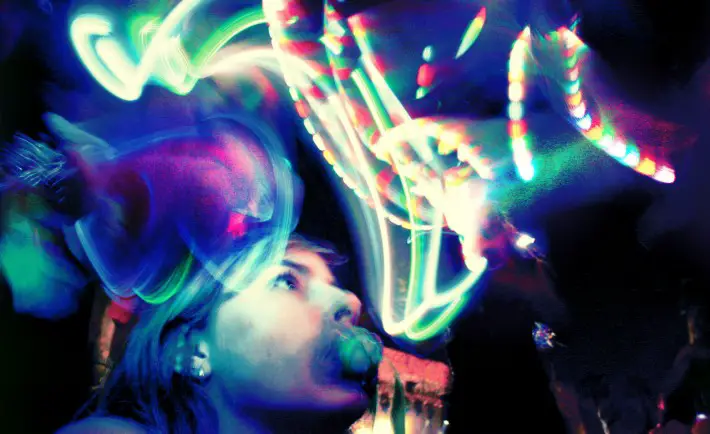Disclaimer: I am not writing this article to suggest that any of our readers should try the substances this article is about. I am also not writing this article to suggest that the substances in question are good or bad. MDMA is once again becoming popular amongst those 20-24 and because of that I feel it is important for all of our readers to be properly educated on the subject. Enjoy the article!

Rave culture became hugely popular in the 90’s, so much so it prompted an enormous media scare in regards to the drug Ecstasy. New reports of underground parties being broken up and tons of young people arrested were commonplace in the 90’s, and eventually the drug’s culture toppled over; But MDMA is coming back in a big way. It’s use has been steadily rising since 2011 and has hit a new peak this year. Rather than being sold in it’s pressed pill form, MDMA (more commonly referred to as Molly) is now mainly sold in it’s pure powder form and without added chemicals like cocaine or piperazine, as is common with Ecstasy pills. EDM culture and rap culture alike are embracing the drug as an excellent way for listeners to enhance their music, and researchers plan to regularly use MDMA as a tool for psychotherapy within 5 years. On the other hand law enforcement is sticking by their guns and “the War On Drugs” rages on. In this article we will explore the following three questions:
What are the effects of MDMA?
Is MDMA safe?
What precautions should someone take if they plan on trying MDMA?
3) MDMA Effects

MDMA stands for methylenedioxy-N-methamphetamine, and is a chemical derived from the essential oil of a sassafras that belongs to the amphetamine family. A typical dose of MDMA usually ranges between 80-120 mg, with 100 mg being the standard. The drug produces an intense euphoria and users often report feeling like everything is right with the world. When on MDMA people users also notice a heightened emotional openness, increased willingness to communicate, feelings of comfort and connections with other people, increased urge to hug or otherwise touch people, and a reduction of cynical thoughts. It is known to increase sensitivity for the entirety of your body and enhance musical and visual stimulation. MDMA can also cause dehydration, blurred vision, mild to extreme jaw clenching, teeth grinding, cheek chewing, and muscle tension. Many users claim that moving or dancing circumvents a number of the negative physical effects MDMA may have. The “come up” usually takes between 30-60 minutes, followed by a 2-4 hour peak, and finally a 1-2 hour “come down.” Users often report having an “MDMA hangover” that can last as little as 2 hours or, in extreme cases, as long as 72 hours.





